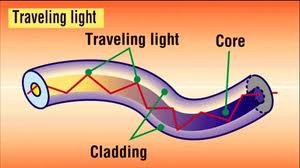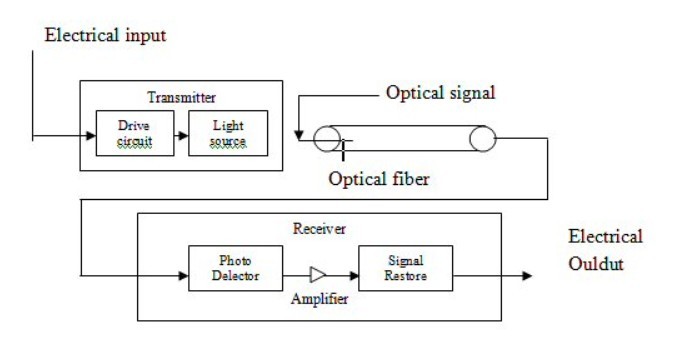- Fiber Optic Transceiver Module
- High Speed Cable
- Fiber Optical Cable
- Fiber Optical Patch Cords
- Splitter CWDM DWDM
- PON Solution
- FTTH Box ODF Closure
- PCI-E Network Card
- Network Cables
- Fiber Optical Adapter
- Fiber Optical Attenuator
- Fiber Media Converter
- PDH Multiplexers
- Protocol Converter
- Digital Video Multiplexer
- Fiber Optical Tools
- Compatible
- Can SFP+120KM be available? ...
- Why the price has so huge di...
- Can XFP transceiver modules ...
- Must optical fiber jumper be...
- Is there a module which can ...
- Can different brands SFP tra...
- How long will you change you...
- The difference between DDM S...
- Comparison of EPON and GPON
- Should we use 3rd party’s ...
- How to make differences betw...
- What is Drop Cable?
- Comparison of CWDM and DWDM ...
- GEPON Technology
- Differences of OM1, OM2, OM3...
- What is the armored fiber op...
- What is DAC cable?
- How to Choose A Right Fusion...
- Why Using a Compatible SFP O...
- Optical fiber transmission l...

The Principle of Optical Fiber Communication, Applications, Picture
 Optical fiber communication is the main transmission means of modern network, its development history is only one hundred and twenty years, but has experienced three generation: short wavelength multimode optical fiber, long wavelength multimode optical fiber and long wavelength single-mode fiber.
Optical fiber communication is the main transmission means of modern network, its development history is only one hundred and twenty years, but has experienced three generation: short wavelength multimode optical fiber, long wavelength multimode optical fiber and long wavelength single-mode fiber.
Using optical fiber communication is a major change in the history of communication , take United States, Japan, Britain, France for example, more than 20 countries have announced that it would no longer construct cable communication line, and committed to the development of optical fiber communication. China optical fiber communication has entered the practical stage.
The principle of optical fiber communication is: in the sending end, to transfer the information (such as voice) into electrical signals firstly ,then send to laser modulation of the laser beam,strengthen the light signal with the amplitude (frequency) change, and send out through the optical fiber; At the receive end,after receiving light signal, the detector transforms it into electrical signals, recover to original information after demodulation.

Figure 1. principle of optical fiber communication
Principle of optical fiber cable operation
An optical fiber is a cylindrical dielectric waveguide (nonconducting waveguide) that transmits light along its axis, by the process of total internal reflection. The fiber consists of a core surrounded by a cladding layer, both of which are made of dielectric materials. To confine the optical signal in the core, the refractive index of the core must be greater than that of the cladding. The boundary between the core and cladding may either be abrupt, in step-index fiber, or gradual, in graded-index fiber.
Tag: optical fiber cable


